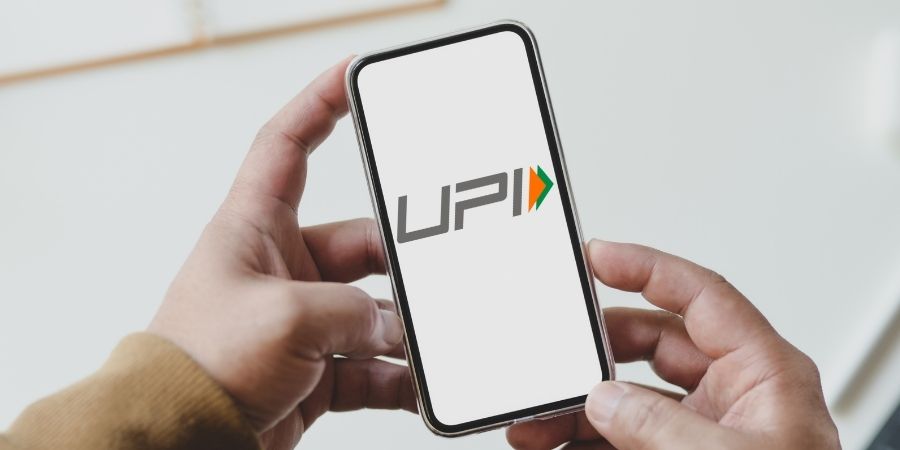UPI is about to get a major upgrade. The National Payments Corporation of India (NPCI) is working on a new version of UPI that will let smart devices make payments on their own, without needing a mobile phone. This move could take digital payments far beyond smartphones.
The upcoming system will allow gadgets like smartwatches, refrigerators, washing machines, TVs, and even connected cars to carry out payments automatically, as long as they have the user’s permission.
Right now, UPI works through mobile apps. You scan a QR code or send money using a UPI ID. But this new version aims to bring UPI into the world of the Internet of Things (IoT). Imagine your car paying for parking, or your smart TV renewing a streaming subscription. Each smart device will be assigned its own UPI ID, which will be connected to your main account. You will have to give a one-time approval to allow the device to make payments within the limits you set.
NPCI plans to use two features to make this possible: UPI AutoPay and UPI Circle. UPI AutoPay is already used for recurring payments like subscriptions. With this system, smart devices will be able to carry out payments without asking for your approval every time.
UPI Circle, on the other hand, will let you control where and how the money is used. You can set spending limits for each device, allow only certain types of transactions, or even let other people in your circle access funds under strict rules. For example, you might allow your smartwatch to only recharge your metro card once a month, or cap your car’s parking payments to ₹500 a week.
According to reports, this new system will be showcased at the Global Fintech Fest 2025, depending on regulatory approvals. NPCI is still conducting internal tests to make sure it works smoothly and securely.
UPI recorded over 18.4 billion transactions in June 2025. With the rise of smart gadgets and connected living, this new feature could open a fresh wave of growth. NPCI wants to make payments not just easy, but invisible. If successful, India could become one of the first countries to bring large-scale IoT-based payments to consumers. It is another step toward making everyday transactions more seamless, smart, and integrated with how we live.



